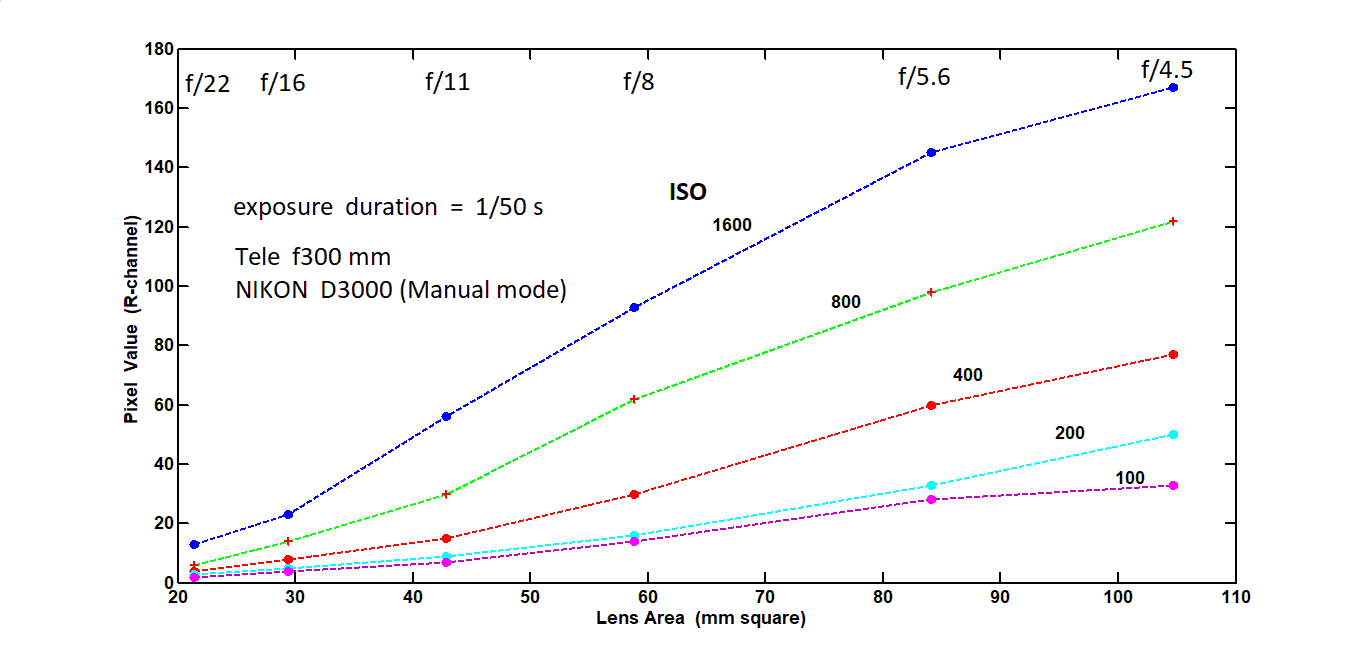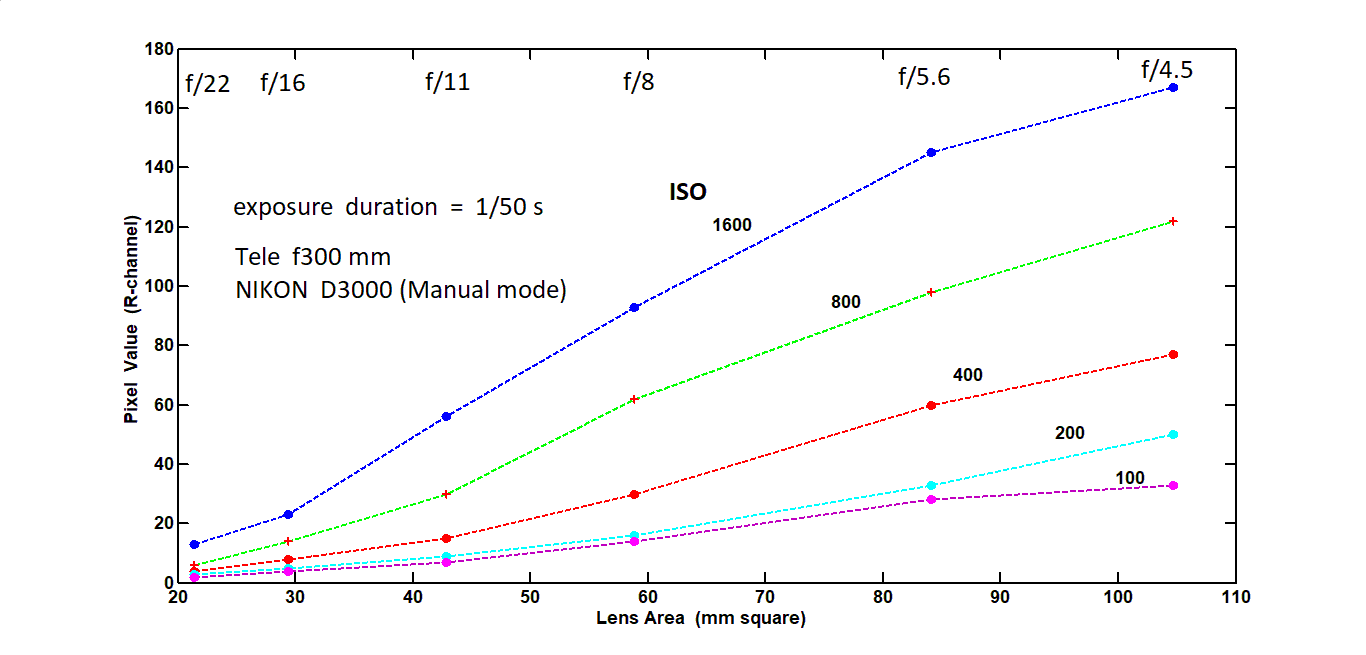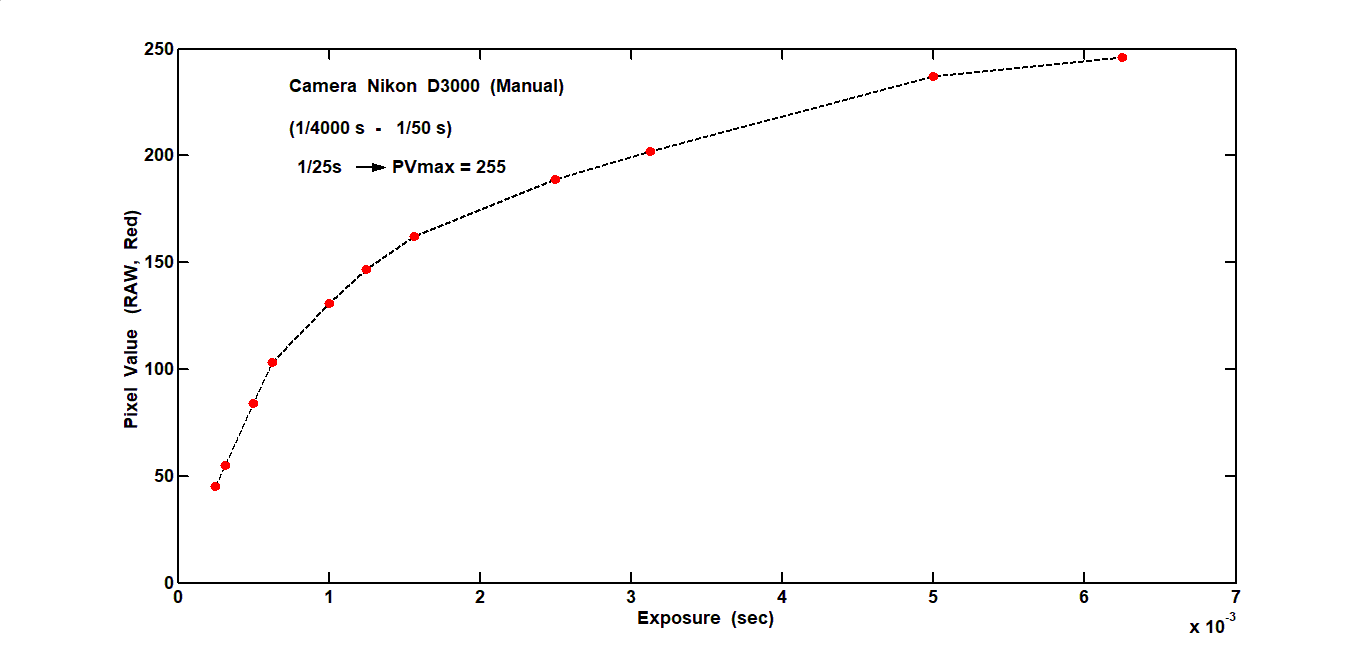- This topic has 40 replies, 10 voices, and was last updated 1 year, 5 months ago by
Peter Lyon.
-
AuthorPosts
-
7 July 2024 at 7:42 pm #623703
 Nick JamesParticipant
Nick JamesParticipantDave Coffin’s dcraw is the basis of most, non-proprietary, raw converters out there:
https://en.wikipedia.org/wiki/Dcraw
It is open source and converts from pretty much any raw format to start TIFFs. It can do this without applying any modification to the data. I believe that there are Windows versions out there.
A nice application which uses dcraw is rawtran. This converts raw files to pseudo photometric band FITS files:
7 July 2024 at 7:58 pm #623704 Dr Paul LeylandParticipant
Dr Paul LeylandParticipantImageMagick uses dcraw for some of its Magick[sic]
7 July 2024 at 7:59 pm #623705 Dr Paul LeylandParticipant
Dr Paul LeylandParticipantGrrr. Why can’t we edit posts for at least a short time after posting?
I forgot to add: ImageMagick comes with Windows distributions, so (AFAIK, I don’t do Windows) you get dcraw for free.
7 July 2024 at 8:53 pm #623706Mr Giovanni Di Giovanni
ParticipantGrant and Paul, you are very kind, I am not an expert in the soft stuff, however I will follow what you tell me tomorrow. I just hope I don’t do any damage to my system.
However, I see that the problem is not limited only to the jpg format I use, which gives little information. Certainly there remains the problem of reducing the PVs at the same shooting time. I enclose another graph that I constructed just today. In it, the PVs are shown as a function of the lens area (abscissa at the bottom) and the relative aperture ratio shown at the top, and for various ISOs. It is comforting that there is proportionality between PV variations for a given number of ISOs. It is certain then that PVs are a function of at least 2 variables: ISO and shutter speed. The mathematical function seems to be quite difficult to handle. I am looking for a good way to find it and then handle it as easily as possible.Attachments:
7 July 2024 at 9:04 pm #623708Mr Giovanni Di Giovanni
ParticipantNick, please excuse me for not mentioning your intervention. It only appeared after the new graph was posted. Maybe it’s my PC showing signs of old age. I saw one of the links, it is a bit difficult for me, I will have to study it. Thank you.
8 July 2024 at 10:36 am #623710 Roy HughesParticipant
Roy HughesParticipantGiovanni,
I was googling around and came upon this article:
Tips for reading a camera raw file into matlab
If you have not seen it before, it might be useful.
The link to the “free Adobe DNG Converter” is broken but readily found using google.
I hope this link works better!.
Roy.8 July 2024 at 2:49 pm #623726 Andy WilsonKeymaster
Andy WilsonKeymasterGrrr. Why can’t we edit posts for at least a short time after posting?
There is a protection measure that was preventing editing within 10 seconds. The website developer has now reduced this to 2 seconds.
Andy
8 July 2024 at 4:07 pm #623727 Dr Paul LeylandParticipant
Dr Paul LeylandParticipantThanks for the explanation.
Is there a good reason why the expiry time is so ludicrously small? Other fora I frequent generally allow somewhere between five minutes and an hour. Long enough to spot speeling misteaks or to add an extra sentence of explanation, but not so long that it seriously distorts any historical perspective.
8 July 2024 at 5:39 pm #623728 Andy WilsonKeymaster
Andy WilsonKeymasterHi Paul,
Is there a good reason why the expiry time is so ludicrously small? Other fora I frequent generally allow somewhere between five minutes and an hour. Long enough to spot speeling misteaks or to add an extra sentence of explanation, but not so long that it seriously distorts any historical perspective.
I think you misunderstood.
You can edit a post for up to something like 10 hours after you originally post it. There is another setting that prevents rapid editing of posts. A standard security measure within the forum, I think to prevent issues in case anyone’s account gets hacked, though this is not an area I have much involvement in. This had originally been set to 10 seconds, which is a bit too long. The website developer has amended this to 2 seconds. So anyone trying to edit within 2 seconds of clicking submit will find it won’t work. If they wait between 2 seconds and 10 hours they will be able to edit their post.
Andy
8 July 2024 at 9:13 pm #623730 Dr Paul LeylandParticipant
Dr Paul LeylandParticipantAh, I did indeed misunderstand.
Nonetheless, I was unable to edit my post after 2s and before 10h after posting. Perhaps, through UBD, I didn’t understand what the incantation should be.
Thanks.
10 July 2024 at 3:49 pm #623748Mr Giovanni Di Giovanni
ParticipantHello
Dear colleagues, there is another small (small so to speak) problem. The attached graph shows the pixel values of images of the usual white sheet, taken with a nikon D3000 camera and varying only the shutter speed. A few things emerge:
1 – the maximum PV value, corresponding to the minimum shutter speed, is 255. As if I had shot in jpg format;
2 – there is no proportionality between PV and shutter speed. The function is completely different from the one in Robin’s graph;
3 – the PV-lens surface graph is almost linear at each iso.
The sensor of the nikon is of the CCD type.I would ask for help in interpreting these at least apparent inconsistencies.
Translated with DeepL.com (free version)
Attachments:
12 July 2024 at 4:36 pm #623780Peter Lyon
ParticipantHello!
Have you got Nikon “Active D-Lighting” switched on, as your curve seems to show its effect, namely to boost the brightness gradient for low brightness levels, while stopping bright areas from reaching “fully white”?
If this is the problem, then switching off “Active D-Lighting” should solve the problem, and give a linear response.
Good wishes,
Peter Lyon12 July 2024 at 6:34 pm #623781 Grant PrivettParticipant
Grant PrivettParticipantReally not sure why a CCD in RAW equivalent mode would only have values < 256 counts…
12 July 2024 at 7:05 pm #623782Mr Giovanni Di Giovanni
ParticipantPeter, yes Active D-Lighting is switched off.
Grant, that’s my problem, I don’t understand.
All I need is to set up a plan for observing the brightness of the sky at sunset and sunrise. Anyway, I have already started trying using the jpg format. The first results are quite satisfactory. We will talk about this as soon as they are available.13 July 2024 at 9:16 am #623783 Nick JamesParticipant
Nick JamesParticipantGiovanni – The Nikon D3000 shouldn’t do anything with the pixel data in raw mode so none of the setting that change JPEGs should do anything. I think the CMOS sensor in the D3000 is 12-bit native. Could you put some of your raw images online somewhere so that I can download them and have a look?
13 July 2024 at 12:49 pm #623787 john simpsonParticipant
john simpsonParticipantHello Giovanni, I borrowed a D3000 and was able to make some checks. It’s not a camera I’m very familiar with, but I used settings – manual, monochrome,ISO 100, NEF raw, auto white balance, standard picture,colour space sRGB,active D-lighting off, noise reduction off and shot a sequence of different exposures. You mentioned using AIP4Win so I did the same and set preferences for DSLR to debayer with camera white balance. Just plotted a few green channel points, but they look as I’d expect for raw image. Hopefully yours just a settings and not camera problem. As Nick suggests maybe a few of your raw NEF images plus settings summary would help resolve problems.
Attachments:
18 July 2024 at 6:21 pm #623818Peter Lyon
ParticipantHello again!
I’m not sure if you have yet resolved things to your satisfaction. Many of the suggestions seem very complicated, especially given that a stated advantage of CCDs, when they first appeared, was their linearity.
Another way of looking at your “curve” is that the shorter exposures are too bright.
Could it be that the lens aperture diaphragm is sticking or slow to close down?
In suggesting this, I don’t actually know if you are using the lens wide open or set to a smaller aperture.
It could be worth just trying a different lens.
Good wishes,
Peter Lyon18 July 2024 at 9:13 pm #623822Mr Giovanni Di Giovanni
ParticipantPeter, thank you for your interest in my question. Yes, indeed everything is looking quite difficult, and as I would need to collect a lot of numerical data for my purpose, I have started to abandon the idea of proceeding with a chamber. I have just finished an observation conducted with a photoelectric cell placed on the focal plane of a telephoto lens. Everything seems to be much simpler. The only annoyance is having to write down the measured potential differences by hand, which if misread are no longer retrievable.
Everything is done in preparation for observing the Perseids. That is why I have also developed a theory on which I base my observations and process the collected data.Translated with DeepL.com (free version)
23 July 2024 at 5:10 pm #623869Peter Lyon
ParticipantHello Giovanni,
Thank you for your reply. Perhaps dismiss my “slow lens aperture” idea!
I have a Nikon D3200 camera, which has a CMOS sensor. With this camera I have performed some tests, for both JPEGs and NEF(RAW) images, and obtained the same “capacitor charging” curves.
I assume the sensor output is linear, so the “cause” must be the camera’s internal processing, programmed to suit general photography.
In fact, this non-linear camera output enables images to represent a greater tonal range, by compressing the higher brightness levels.
Possibly all “general photography” digital cameras work this way (?).
By comparison, your observation with the photoelectric cell seems much simpler, so I wish you good fortune with that project!
I’ve found this very interesting. Thank you for sharing your results!
Good wishes,
Peter23 July 2024 at 8:50 pm #623870Mr Giovanni Di Giovanni
ParticipantYes, I have still verified that for large ranges of brightness, ordinary cameras are not very suitable. I am currently in the process of making a photometer with a photocell applied to the focus of a telephoto lens (really bad optics) with a diameter of 110 mm. However, the quality of the image matters little as I only need to measure the illuminance. I don’t remember if I mentioned that my programme is concomitant with the Perseid shower. It is a job that should be a novelty in the amateur field. Thank you Peter.
Greetings to all the friends who have listened to me and to whom I may have annoyed a little: the passion for Urania is strong.Translated with DeepL.com (free version)
-
AuthorPosts
- You must be logged in to reply to this topic.




